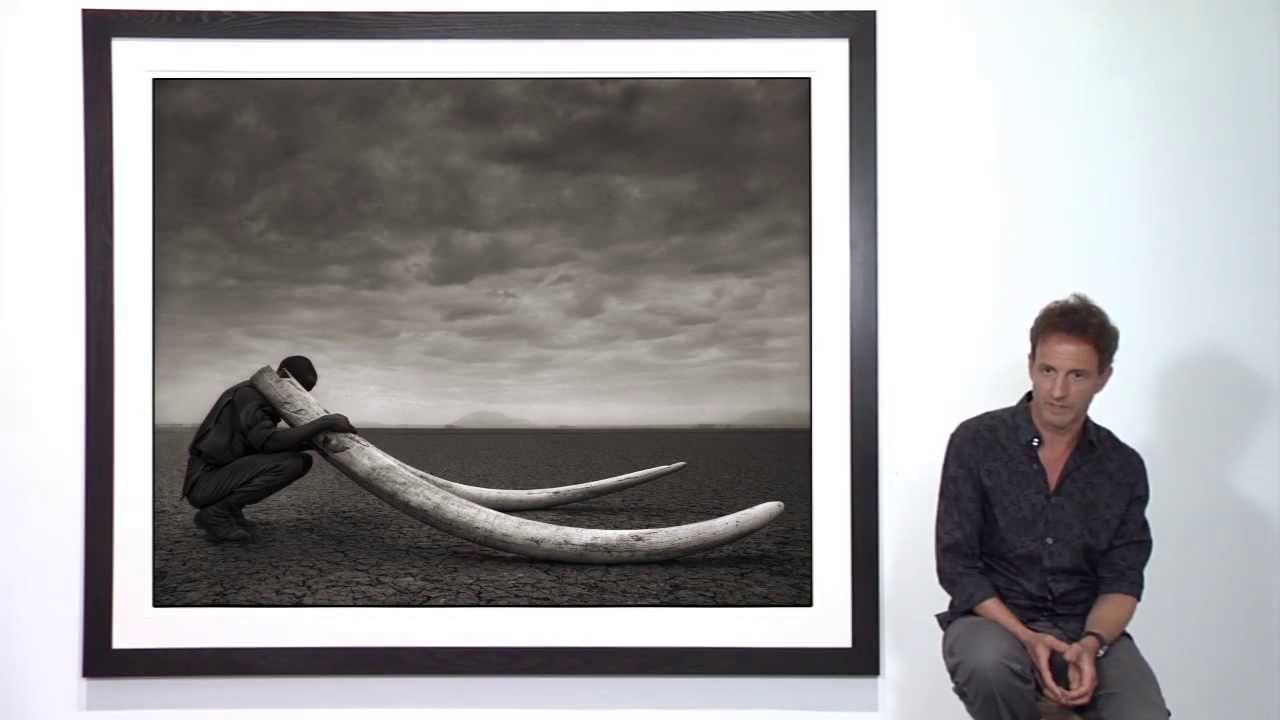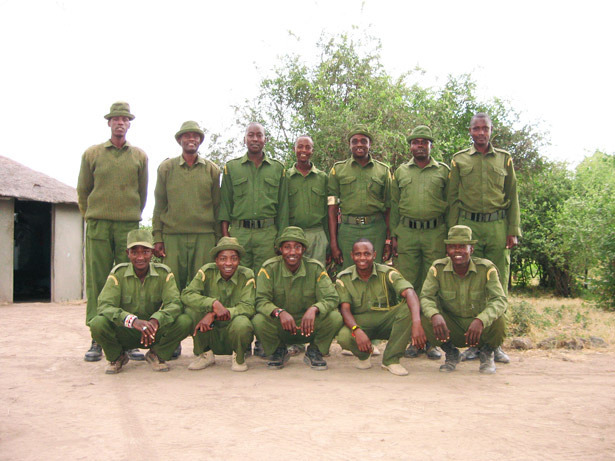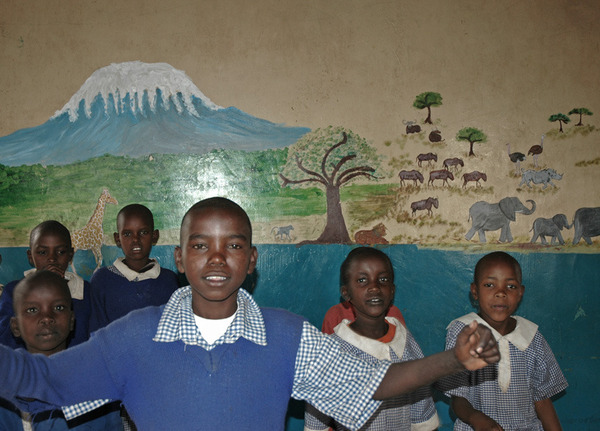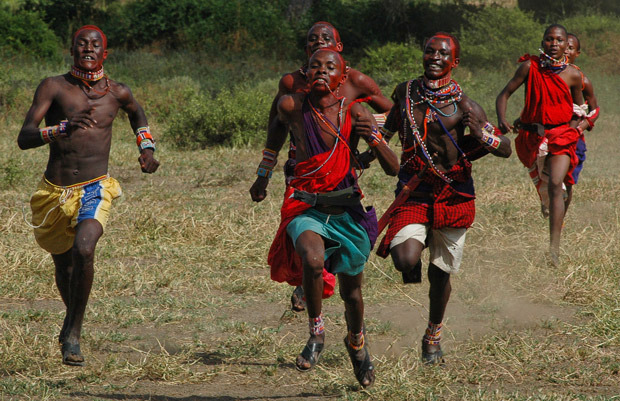Big Life Foundation
A non-profit organization dedicated to the conservation of Africa’s wildlife and ecosystems.
Big Life Foundation
Protecting over 1.6 million acres of wilderness in the Amboseli-Tsavo-Kilimanjaro ecosystem of East Africa, Big Life partners with local communities to protect nature for the benefit of all.
ABOUT BIG LIFE
Co-founded in September 2010 by photographer Nick Brandt, conservationist Richard Bonham, and entrepreneur Tom Hill, in urgent response to the recent dramatic escalation in poaching across much of Africa, Big Life was the first organization in East Africa to establish coordinated cross-border anti-poaching operations.
With one of the most spectacular elephant populations in Africa being rapidly diminished by poachers, the Amboseli ecosystem that straddles both Kenya and Tanzania became the Foundation's large-scale pilot project.
Multiple fully-equipped teams of anti-poaching rangers are being placed in newly-built outposts in the critical areas throughout the two million acre + area. Currently, Big Life has 12 ranger outposts (and counting), an equivalent number of patrol vehicles across the ecosystem in both countries.This new level of co-ordinated protection for the ecosystem has elicited a major reduction in poaching in the region : amongst other achievements, a number of significant arrests of some of the worst, most prolific long-term poachers in the region have at long last been engineered by Big Life's teams. As a result of these successes, we have been able to quickly send out a strong message to poachers that killing wildlife now carries a far greater risk of being arrested.
However, the poaching continues unabated in the areas where Big Life still has no presence. Whilst Big Life has made substantial progress, there is still a long way to go to achieve their goal of stable and sustainable operations long term. As the illegal demand for ivory, rhino horn and other wildlife parts continues to grow, there will be many who cannot resist the easy profits to be made out of killing these irreplaceable creatures.Before Big Life, there were basically no wildlife NGO's concentrating on full-scale anti-poaching programs within the Amboseli ecosystem on either side of the border. Kenya Wildlife Service tried their best, but were completely underfunded, and Richard Bonham, who is now Director of Operations for Big Life, was severely underfunded in what he could achieve with the Amboseli Tsavo Game Scouts Association. So what we are doing - a well-funded comprehensive anti-poaching operation on both sides of the border within the ecosystem - is effectively a first. Considering the critical importance of the Amboseli ecosystem within the context of the wildlife of East Africa, I think what we are doing is critical.
My belief is that to be truly effective, you need someone in charge right there on the ground, with the ability to direct and co-ordinate operations first hand, to work in close partnership with the Parks, the local communities, and with the other NGO’s, to marshal everyone’s resources for maximum efficiency for everyones’ benefit. With Richard Bonham as Big Life’s full-time Director of Operations in Africa, we have this. Richard has lived in the Amboseli area for decades, knows all of the key players there, and has a better understanding than anyone of how to address the multiple problems. Meanwhile, on the Tanzanian side, Damian Bell is Big Life’s Operations Manager in Tanzania. As founder of Honeyguide Foundation, he has an outstanding relationship with the local communities and wildlife departments, perhaps more so than anyone else in Northern Tanzania. On the Tanzanian side, there has been almost no-one to stop the poachers having free rein. And when poachers have come into Kenya from Tanzania to kill elephants before escaping back over the border, they have simply gotten away, because there was no cross-border anti-poaching team with which to communicate or co-ordinate. Now, two of our most significant arrests of poachers have been ones who escaped from Kenya into Tanzania and, through coordination of our Big Life teams in both countries, were able to arrest those poachers, poachers whom for as long as two decades had been systematically poaching Amboseli's wildlife whilst evading the authorities.Protecting over 1.6 million acres of wilderness in the Amboseli-Tsavo-Kilimanjaro ecosystem of East Africa, Big Life partners with local communities to protect nature for the benefit of all.
Since its inception, Big Life has expanded to employ hundreds of local Maasai rangers—with more than 30 permanent outposts and tent-based field units, 13 Land Cruiser patrol vehicles, 3 tracker dogs, and 2 planes for aerial surveillance.OUR MISSION:
On the ground in Africa, partnering with communities to protect nature for the benefit of all.
OUR VISION:
Envisioning a world in which conservation supports the people and people support conservation.
WHAT WE DO:
Using innovative conservation strategies and collaborating closely with local communities, partner NGOs, national parks, and government agencies, Big Life seeks to protect and sustain East Africa’s wildlife and wild lands, including one of the greatest populations of elephants left in East Africa.
The first organization in East Africa with coordinated anti-poaching teams operating on both sides of the Kenya-Tanzania border, Big Life recognizes that sustainable conservation can only be achieved through a community-based collaborative approach. This approach is at the heart of Big Life’s philosophy that conservation supports the people and people support conservation. Big Life has established a successful holistic conservation model in the Amboseli-Tsavo-Kilimanjaro ecosystem that can be replicated across the African continent.FURTHER READING:
About - Big Life History and An Interview with Nick Brandt - Big Life Foundation (PDF) and HELPING THE COMMUNITYCALCULATE YOUR CARBON FOOTPRINT and OFFSET BY PROTECTING THE CHYULU HILLS IN KENYA:
The Chyulu Hills REDD+ Project is one of nature’s helpers, and one that you can get involved in. The project incentivizes communities to protect nature by offering payments for the carbon stored in natural habitats. It’s a win-win situation: biodiversity is protected, carbon emissions are reduced, and local communities benefit economically.
The protected forests of the Chyulu Hills are home to a wide variety of iconic wildlife, including elephants, lions, and a very special population of critically endangered Eastern black rhinos. The Chyulu REDD+ project protects over 1 million acres of land, including these forests, in the Amboseli-Tsavo-Kilimanjaro ecosystem, resulting in the storage of over 37 million metric tons of carbon, equivalent to taking more than 8 million cars off the road for a year. Revenue from carbon sales supports community needs such as education scholarships and improved access to clean water, and it funds the direct costs of conservation such as ranger salaries and equipment. By protecting and restoring our forests, we can mitigate the effects of climate change, promote biodiversity, and support the communities who depend on these vital ecosystems.You can calculate your carbon footprint and offset your impact here:
Carbon Footprint Calculator and OFFSET YOUR EMISSIONS: PROTECT THE CHYULU HILLSCourtesy: Big Life Foundation
ARTICLES OF INTEREST:
About those 6 speared lions – comment from Big Life’s CEO June 2023.
HIDDEN WATER OF THE CHYULU HILLS from Big Life Foundation March 2022 (video story).
AMBOSELI’S LOST WORLD from Big Life Foundation March 2022 (video story).



